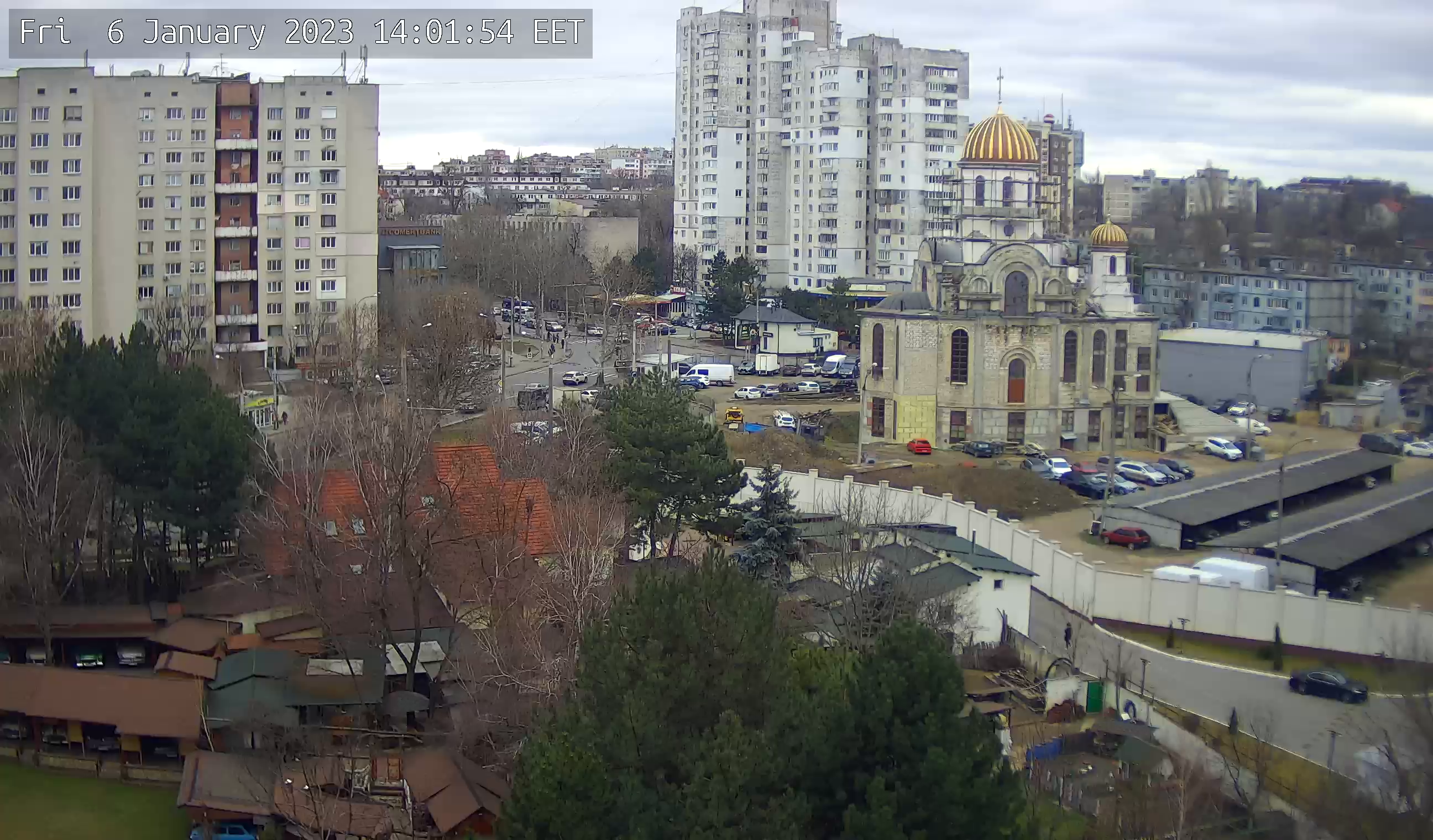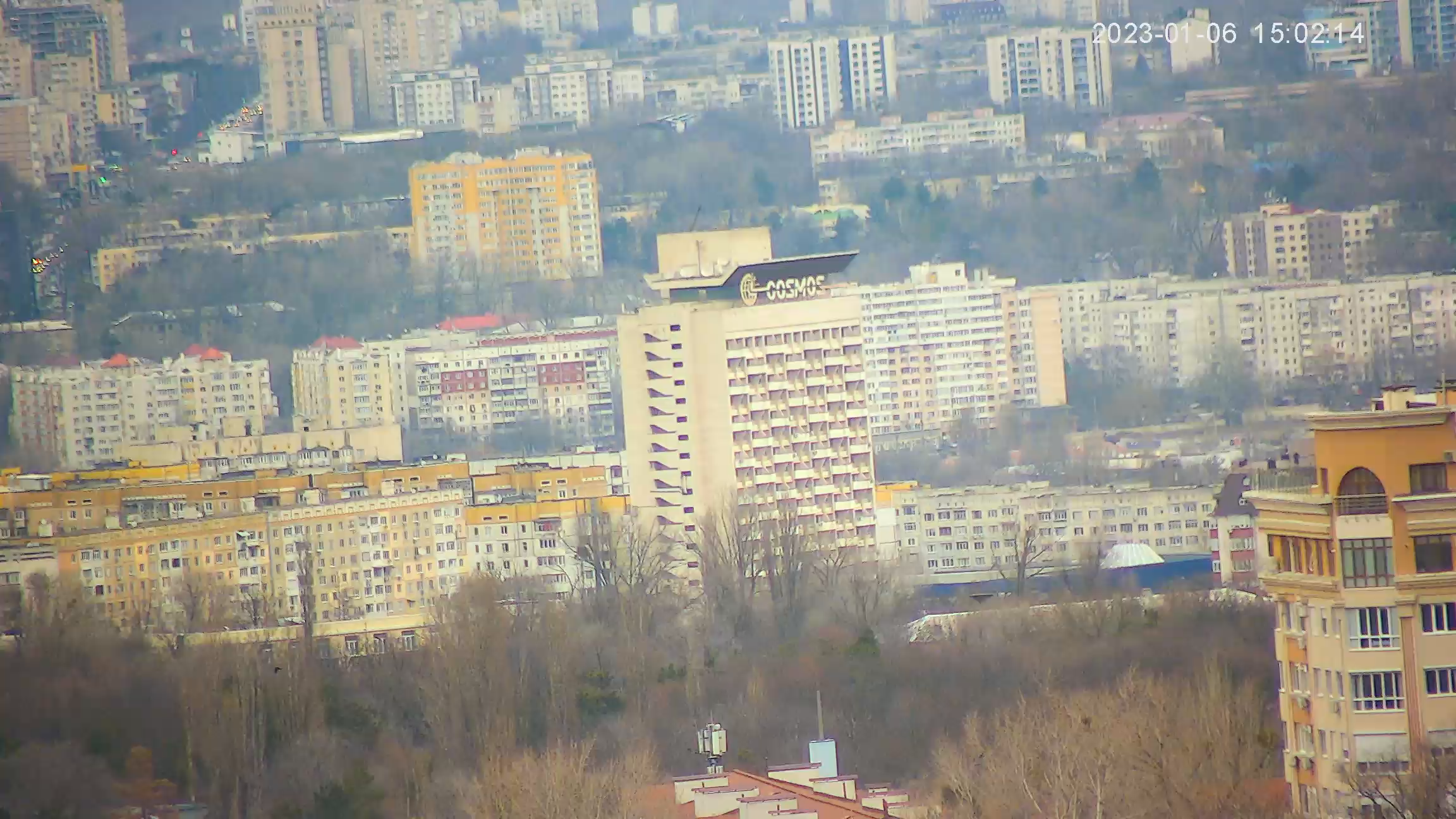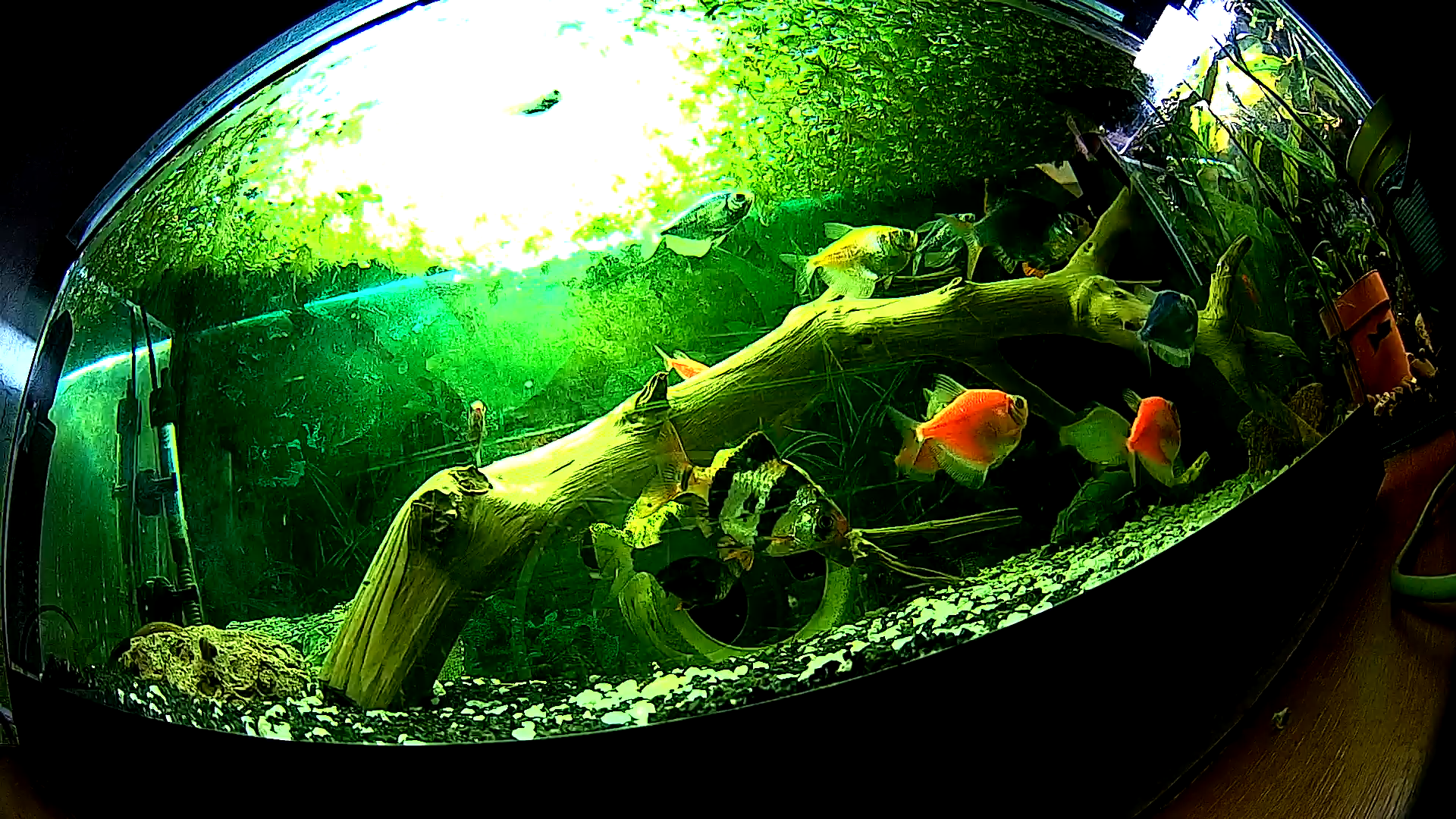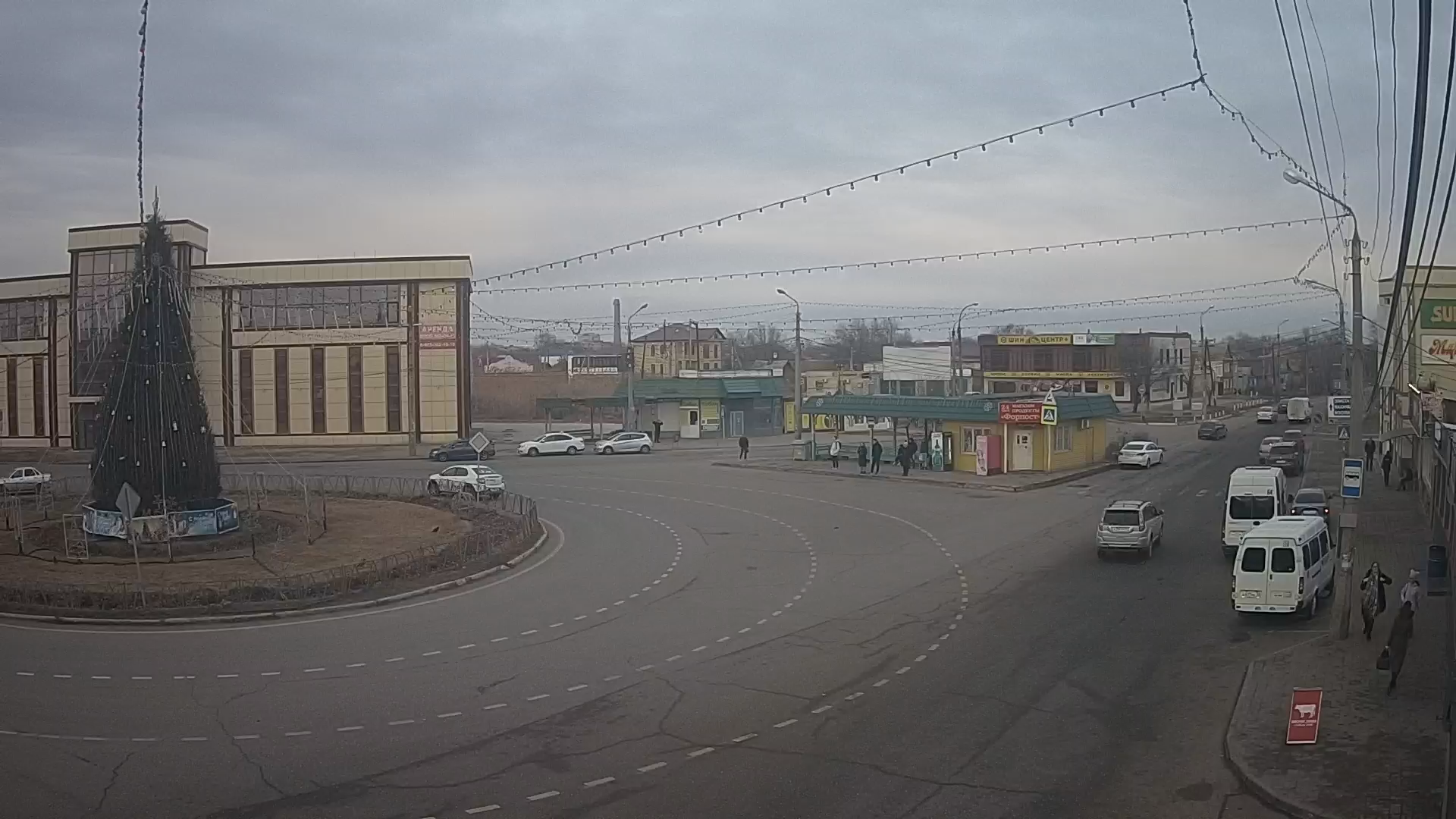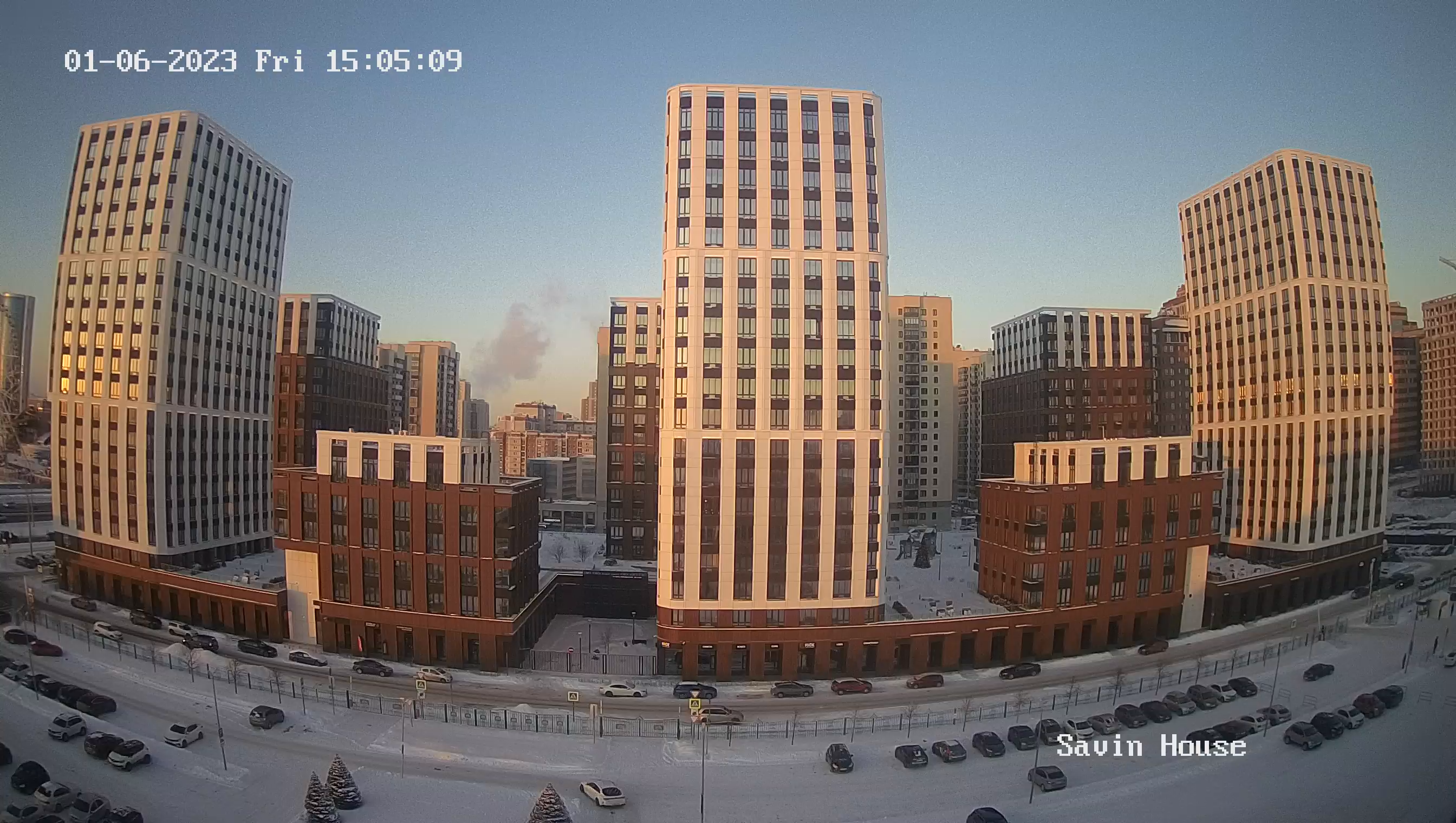Webcam Petropavlovsk-Kamchatsky. Church of St. Nicholas the Wonderworker, Vladivostokskaya Street
Petropavlovsk-Kamchatsky is the capital of Kamchatka and one of the first Russian cities in the Far East. It is the starting point for travels around the peninsula, as well as the end point. It is better to start your acquaintance with Petropavlovsk-Kamchatsky in advance and plan your rest in this hospitable city.
Kamchatka became part of Russia in 1697, and began to be developed even earlier by Russian Cossacks. But Petropavlovsk-Kamchatsky appeared only half a century later and for a long time was an ordinary small port.
Previously, the Itelmen settlement of Niaki was located here, and the bay on which it stood was called Niaki Bay or Niaki Bay. Vitus Bering noticed it when preparing for the Second Kamchatka expedition and studying a map of the peninsula. He sent the navigator Ivan Yelagin to the bay to make sure that it was suitable for winter anchorage of the expedition ships. Elagin arrived at the shores of Niaki Bay in June 1740, confirmed that the place was good and began to build the first structures on it with his team. On October 17 of the same year the ships "St. Peter" and "St. Paul" of Bering and Chirikov themselves docked in the harbor. This date is considered the day of the city's foundation - an expeditionary settlement at the time. Niakin Bay began to be called, after the names of the holy apostles, Petropavlovsk Harbor, and later Petropavlovsk Port.
The port developed slowly, met expeditions of James Cook and La Perouse and was strengthened with new garrisons. But Petropavlovsk did not become Kamchatka's capital until 1812, and despite its new status, it remained sparsely populated for a long time, consisting of one street of wooden buildings. By the middle of XIX century only fifteen hundred people lived there. Most of them were military men and servicemen with their families.
This small town showed heroism and tenacity in fierce battles against the Anglo-French fleet, which outnumbered it nearly three to one. In 1854, six enemy ships entered Avacha Bay, began to bombard the port and landed troops. Petropavlovsk citizens, led by Governor Vasily Stepanovich Zavoyko several days defended the city and eventually defeated the enemy. The troops were thrown back into the sea, the commander of the British squadron, Rear Admiral Davis Price, shot himself, unable to withstand the shame. Several monuments commemorating the defense of Petropavlovsk are erected today on Nikolskaya Sopka, which was the center of intense resistance.
During the Soviet industrialization, the city was renamed Petropavlovsk-Kamchatsky, and began to develop as an industrial center of the peninsula: a mechanical plant and shipyard were built there. In the thirties, a branch of the Scientific Institute of Fisheries and Oceanography opened in the city, and the first professional theater began operating. The population was growing rapidly, and the city itself expanded.
During World War II, Petropavlovsk-Kamchatsky was a strategic center in the confrontation with Japan. Here, in 1945, was formed by the Kuril Air Force, which knocked out enemy troops from the islands of Paramushir and Shumshu. On the Khalaktyrsky coast, just twenty kilometers from the city, military bases were built, and tanks were buried right in the sand. Walking on the beach you can still find traces of fortifications and remains of military equipment.
After the war, Petropavlovsk-Kamchatsky was actively developing and expanding: new higher education institutions, museums, cultural centers, and modern buildings and public spaces were built. The city was joined by neighboring settlements, the population grew rapidly and by the nineties reached its peak of 270 thousand people.

